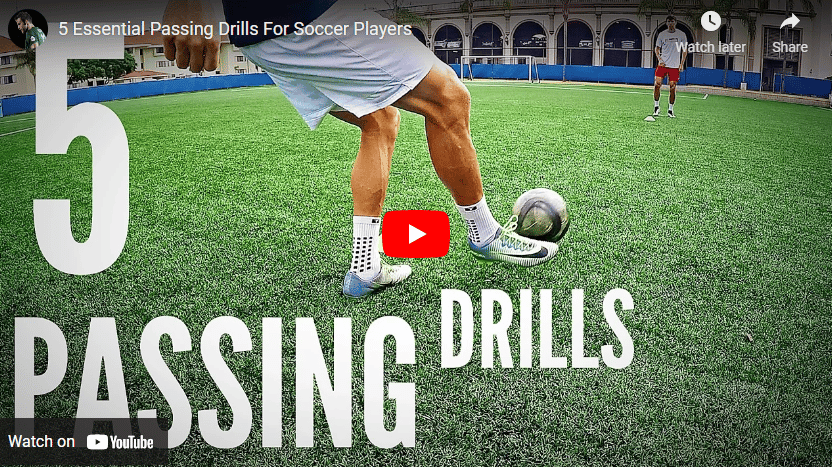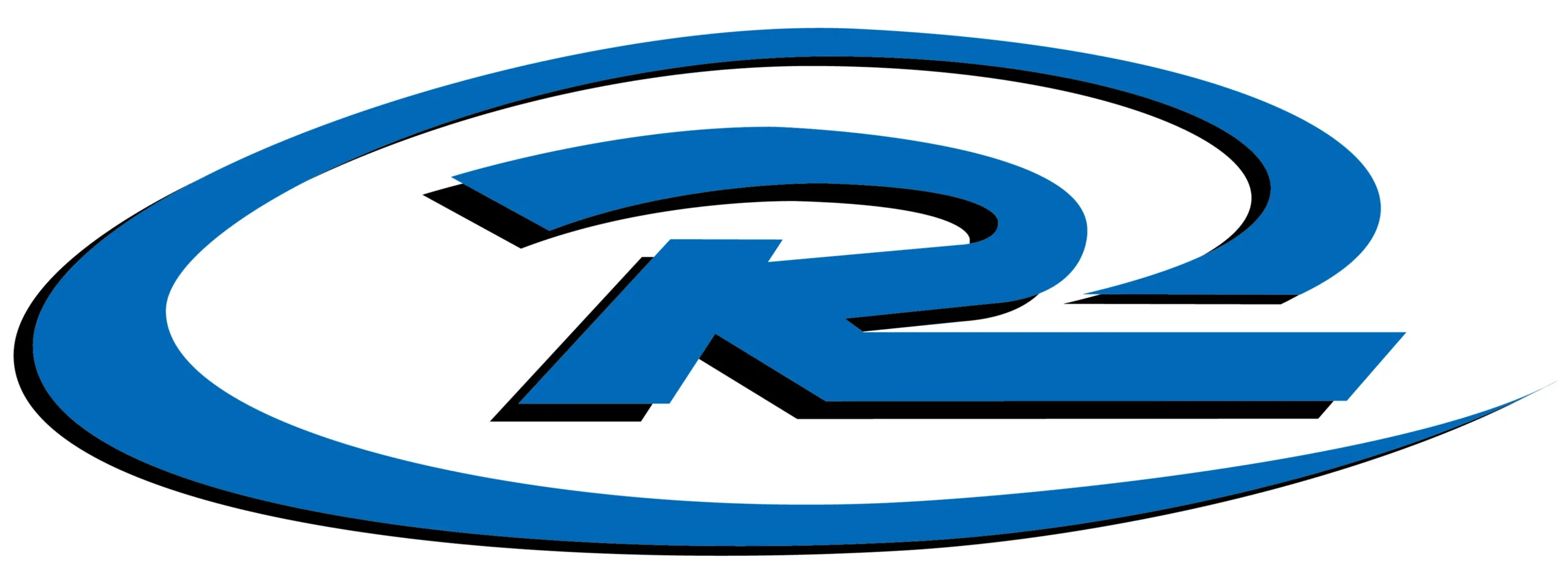This article was written by Chris Rue, Futsal Manager
Almost a forgotten technique in youth soccer is the instep driven pass, or daisy cutter. I am not talking about the inside of foot but the instep. As a youth player, I had the great experience of training at Ajax, where the instructors were adamant about teaching this technique. We would spend the first 20 minutes of each session standing 20 yards from a partner and smacking the ball back and forth. We had two touches, the first was to control the pass and the second was to play the pass. During the first few sessions, the ball would miss the intended target or the first touch was poor, but as we spent more time working on the technique, the passing and receiving became second nature.
For years, I have held the belief that young players develop best by introducing different playing surfaces and using different balls. Learning to adapt to these changes opens a player’s mind, which is still the most important part of a player’s development. Recently, I read an article about Walker Zimmerman and how his youth coach introduced a futsal ball for building out of the back sessions. The coach felt that this ball would prohibit the tendency to simply clear the ball out of danger and force the players to pass the ball out of pressure. A futsal ball has less bounce than a regular ball so it stays on the surface more, promoting passing without having to introduce limitations. Based on Zimmerman’s rise to become USMNT starting CB, I would say the coach was on to something.

Passing drills can improve the team’s communication skills, attentiveness, first touch, and even their connection on and off the field. Being able to pass the ball accurately and precisely can affect the team’s performance and quality during practice and games.
Watching the Premiere League games this weekend, I saw countless instep driven passes, De Bruyne is a master of the technique. As developing players progress through the youth levels and venture into college or professional, the passing alleys become very narrow. Weak passes rarely find their intended target. Learning to hit the daisy cutter in a game opens more passing options and increases speed of play tremendously.
Over the past few years, I have introduced futsal balls in our activation passing pattern drills in U12-U14 ages, especially the up-back-through where the initial entry pass is critical. The futsal ball is fantastic for this. It allows the player to perfect the technique with minimal chasing of errant touches. After 10 minutes or so, we introduce the soccer ball and continue for another 5-10 minutes. In the following drill, you can see the instep driven technique used for the longer penetrating pass.
Finding solutions by using different training methods is our job as coaches. Accomplishing this without players realizing it is what makes coaches special.
